
CourseElementary54117
Course Introduction:"HTML5 From Beginner to Mastery Tutorial" introduces in detail that HTML5 has added a lot of new content based on HTML, with more functions and more dazzling effects.

CourseElementary26916
Course Introduction:"Javascript Basics Tutorial" will take you to quickly learn the basic knowledge of javascript and explain it through examples, so that you can better understand the javascript scripting language.

CourseElementary30771
Course Introduction:This tutorial will start from the basics and does not require you to have any programming knowledge. The "HTML Tutorial" contains our knowledge of HTML5, truly achieving a comprehensive learning of HTML.
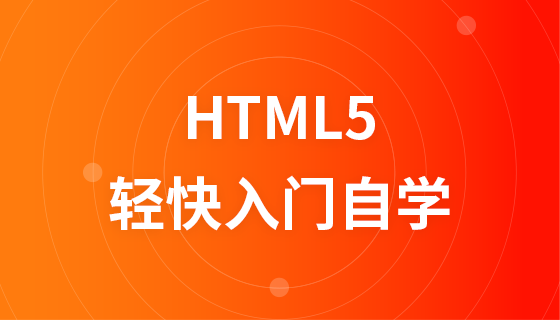
CourseElementary24038
Course Introduction:"HTML5 Quick Self-Study Tutorial" is suitable for zero-based entry learning of HTML5. HTML5 is the fifth version of HTML development. With the support of browser technology, it has also begun to be widely used. H5 will become the new standard for WEB development. This course will provide readers with Explain all the core features of HTML5.
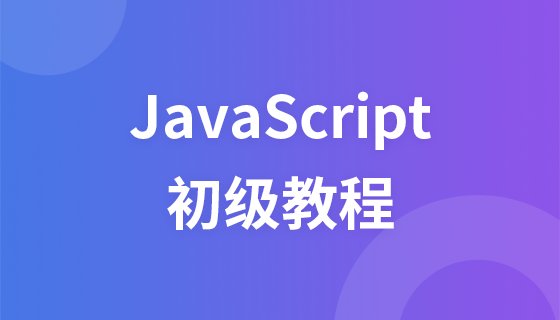
CourseElementary90659
Course Introduction:"JavaScript Elementary Tutorial" is an introductory course to JavaScript, designed to let everyone know and understand the common knowledge of JavaScript.
Can I customize compilation parameters when yum install nginx?
2017-05-16 17:24:52 0 3 667
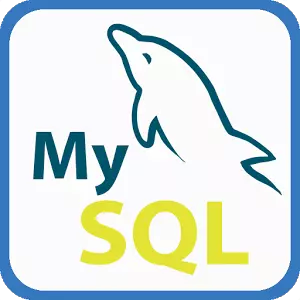
Course Introduction:The code is as follows: # Install yum-config-manager yum install yum-utils -y # Disable the source yum-config-manager of MySQL5.6 --disable mysql56-community # Enable the source yum-config-manager of MySQL5.7 --enable mysql57-community-dmr # Use the following command to check whether it is configured...
2017-06-14 comment 01432

Course Introduction:The method to install yum under centos7 is: 1. Download the yum installation file; 2. Execute the command [rpm -ivh yum-metadata-parser-1.1.4-10.el7.x86_64.rpm] to install yum; 3. Update the repo file.
2020-04-01 comment 010111

Course Introduction:Yum comes with centos; the centos system will come with some yum warehouses by default. The directory where the warehouse is located is "/etc/yum.repos.d/". The yum configuration file must end with "repo", and the system will also Automatically generate a local yum mount name and several built-in online yum sources.
2022-04-26 comment 04510
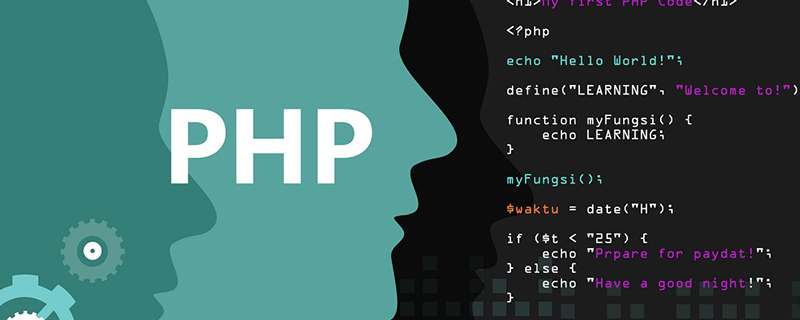
Course Introduction:How to install php using yum: 1. Add the yum software repository of php. 2. Use the sudo yum install xxx command to install PHP related software. 3. Use the sudo yum install php71w-fpm.x86_64 command to install php -fpm.
2020-04-25 comment 04543
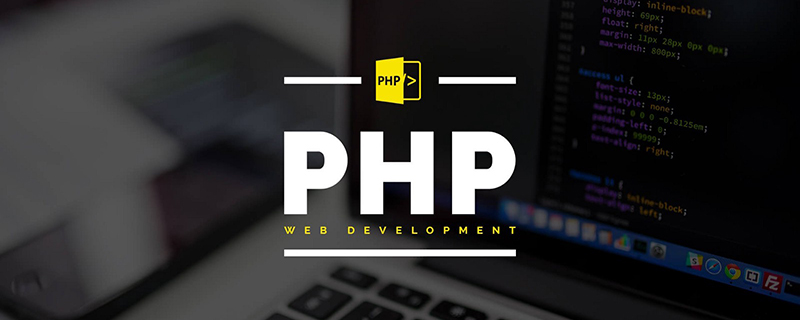
Course Introduction:How to install php5.5 with yum: first check the currently installed PHP package and delete it; then run yum install; finally install PHP FPM through "yum install php55w-fpm".
2020-11-01 comment 01857